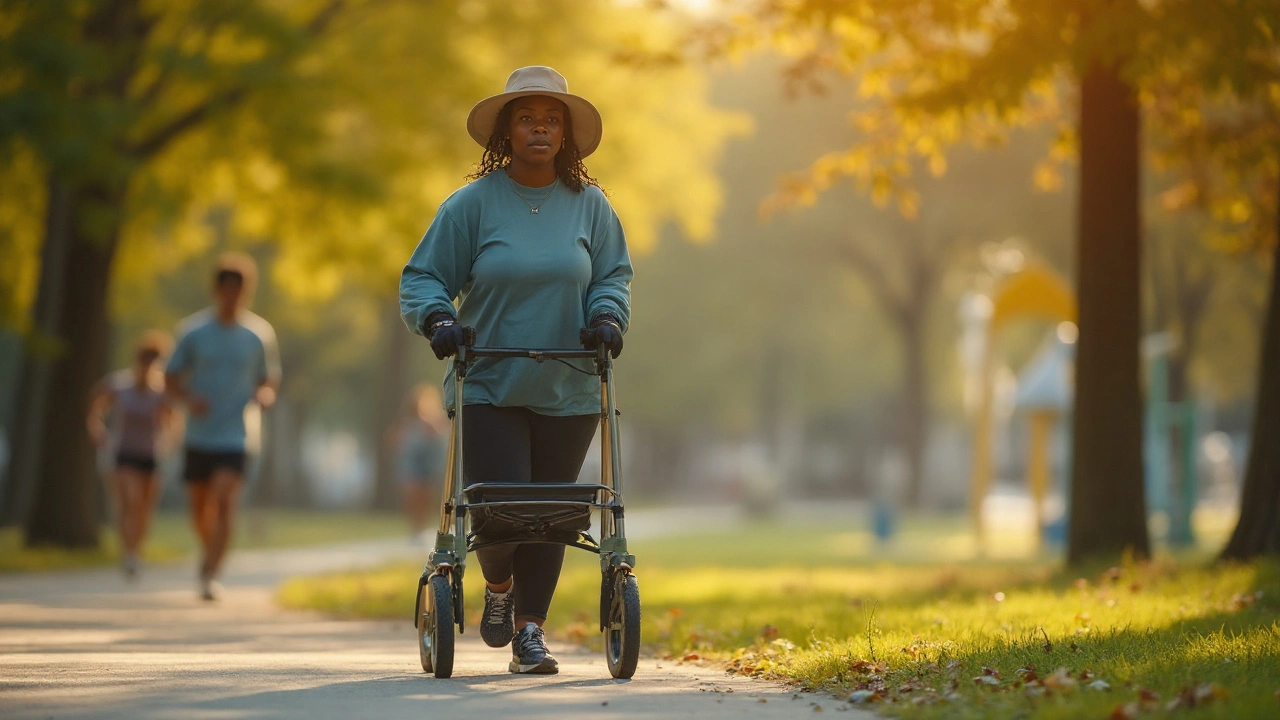Photosensitivity Protection: Simple Ways to Beat Sun‑Triggered Reactions
If the sun makes your skin itch, burn, or turn red faster than usual, you’re dealing with photosensitivity. It can be caused by certain meds, medical conditions, or just a sensitive complexion. The good news? You don’t have to hide indoors. A few smart moves keep you comfortable and safe while you enjoy the outdoors.
Pick the Right Sunscreen and Apply It Properly
The first line of defense is sunscreen. Choose a broad‑spectrum formula with at least SPF 30, and look for zinc oxide or titanium dioxide if you have chemical sensitivities. Apply a generous layer (about a teaspoon for your face and two teaspoons for each arm) 15 minutes before stepping out. Reapply every two hours, or sooner if you’re swimming or sweating. Don’t forget often‑missed spots like the ears, back of the neck, and tops of feet.
Dress Smart, Stay Covered
Clothing can be your silent sunscreen. Long sleeves, wide‑brim hats, and UPF‑rated shirts block up to 98% of UV rays. If you’re in a hot climate, pick lightweight fabrics with tight weaves—linen works but cotton may let more light through. Sunglasses that filter 99% of UVA/UVB protect the eyes, which are also vulnerable during photosensitive episodes.
When medication is the culprit—think antibiotics like doxycycline, acne pills such as isotretinoin, or certain anti‑inflammatories—talk to your doctor about timing doses. Sometimes taking the drug after sunrise reduces peak sun exposure. Pairing meds with extra sunscreen and protective clothing can prevent flare‑ups without stopping treatment.
Stay aware of UV index forecasts on weather apps. If the index is 6 or higher, treat it like a warning sign: seek shade during midday, limit direct sun to 30 minutes, and keep your skin covered. Even cloudy days let through up to 80% of UV radiation, so don’t skip sunscreen just because you can’t see the sun.
Hydration matters too. Sun‑induced reactions often feel worse when you’re dehydrated. Carry a water bottle and sip regularly, especially if you’re active outdoors. Moisturizing after sun exposure helps repair skin barriers; opt for fragrance‑free lotions with aloe or ceramides to calm irritation.
Finally, keep an eye on new products. Some fragrances, essential oils, or even certain laundry detergents can sensitize your skin and make it react more strongly to light. If you notice a pattern—like a rash after using a new sunscreen—switch to a mineral‑based option and give your skin a break.
In short, photosensitivity protection boils down to three habits: slather on broad‑spectrum sunscreen, wear UV‑blocking clothing, and stay mindful of medication effects and UV forecasts. Follow these steps, and you’ll be able to enjoy the sunshine without the unwanted side effects.

Smart tools and gear that help people with porphyria live more independently-light protection, mobility, work setups, travel tips, and funding basics.
Read More